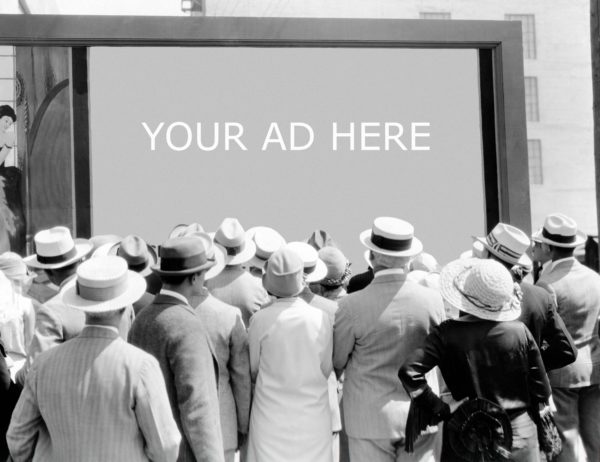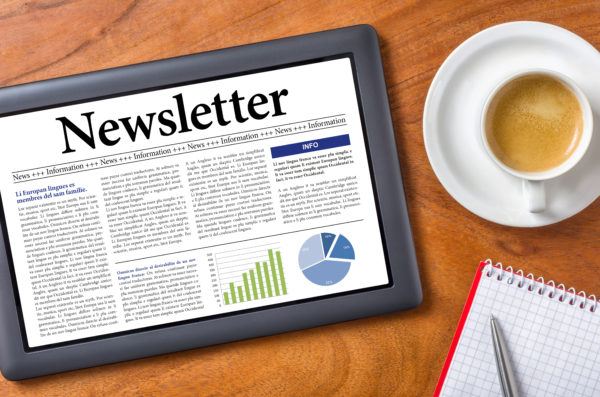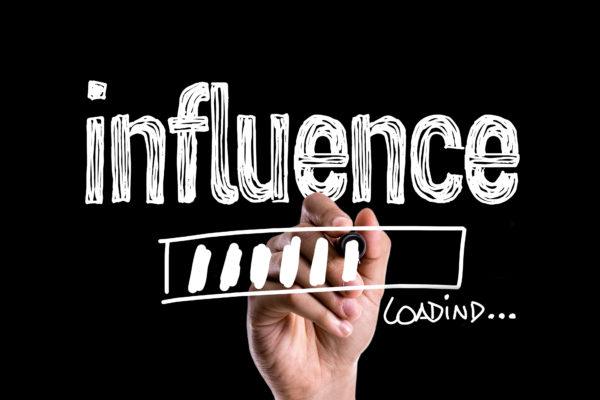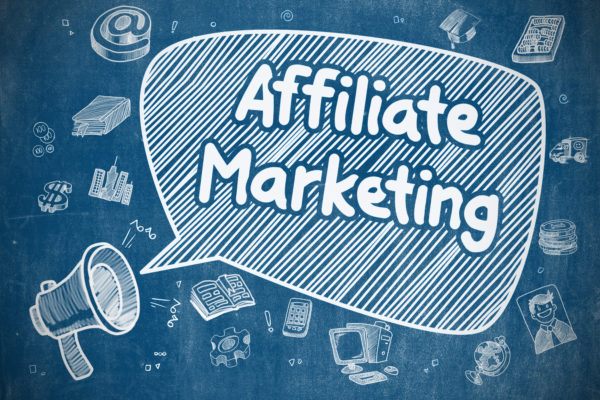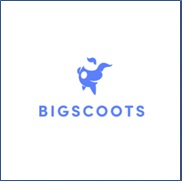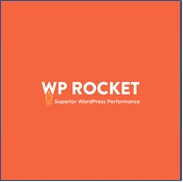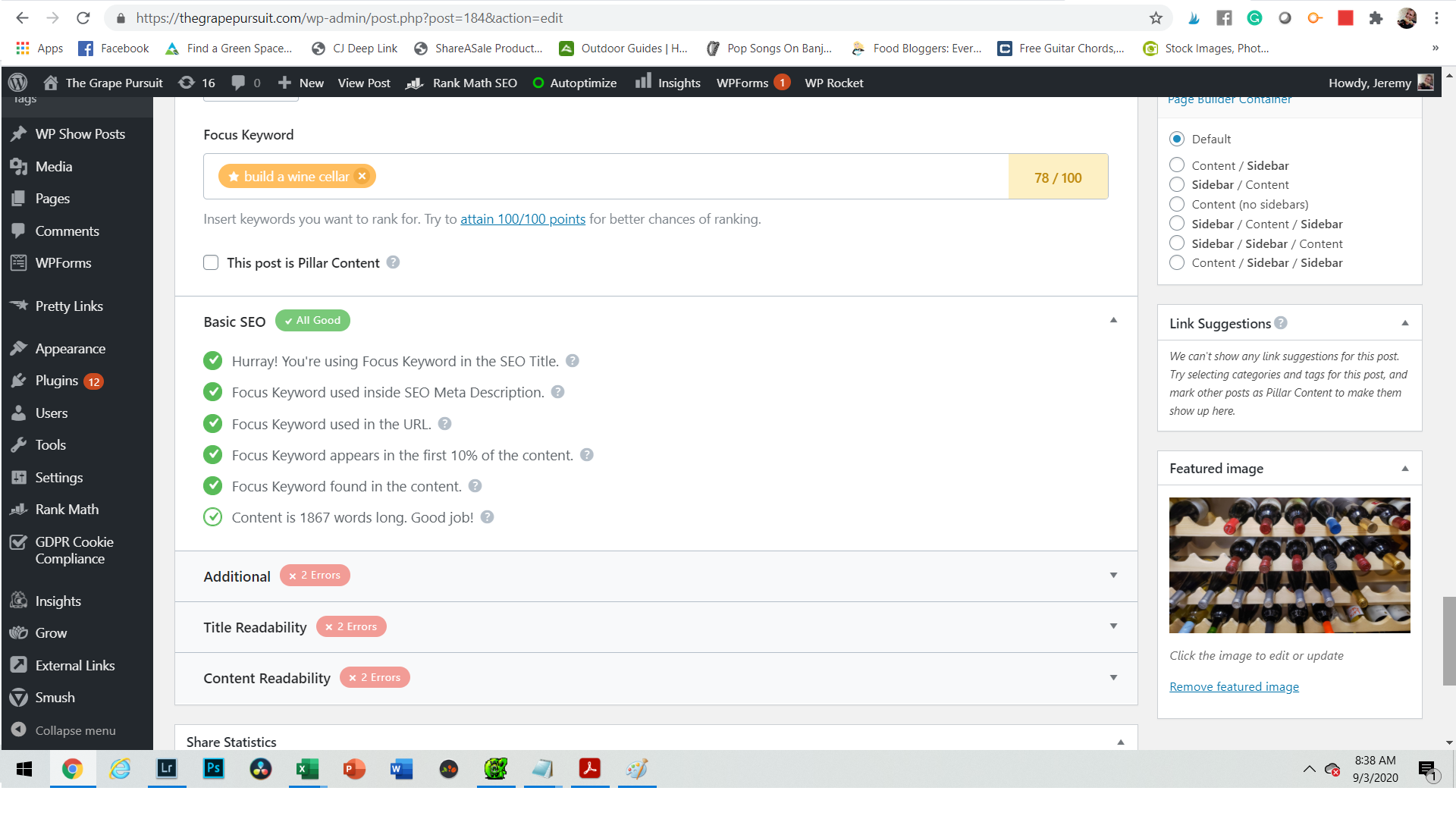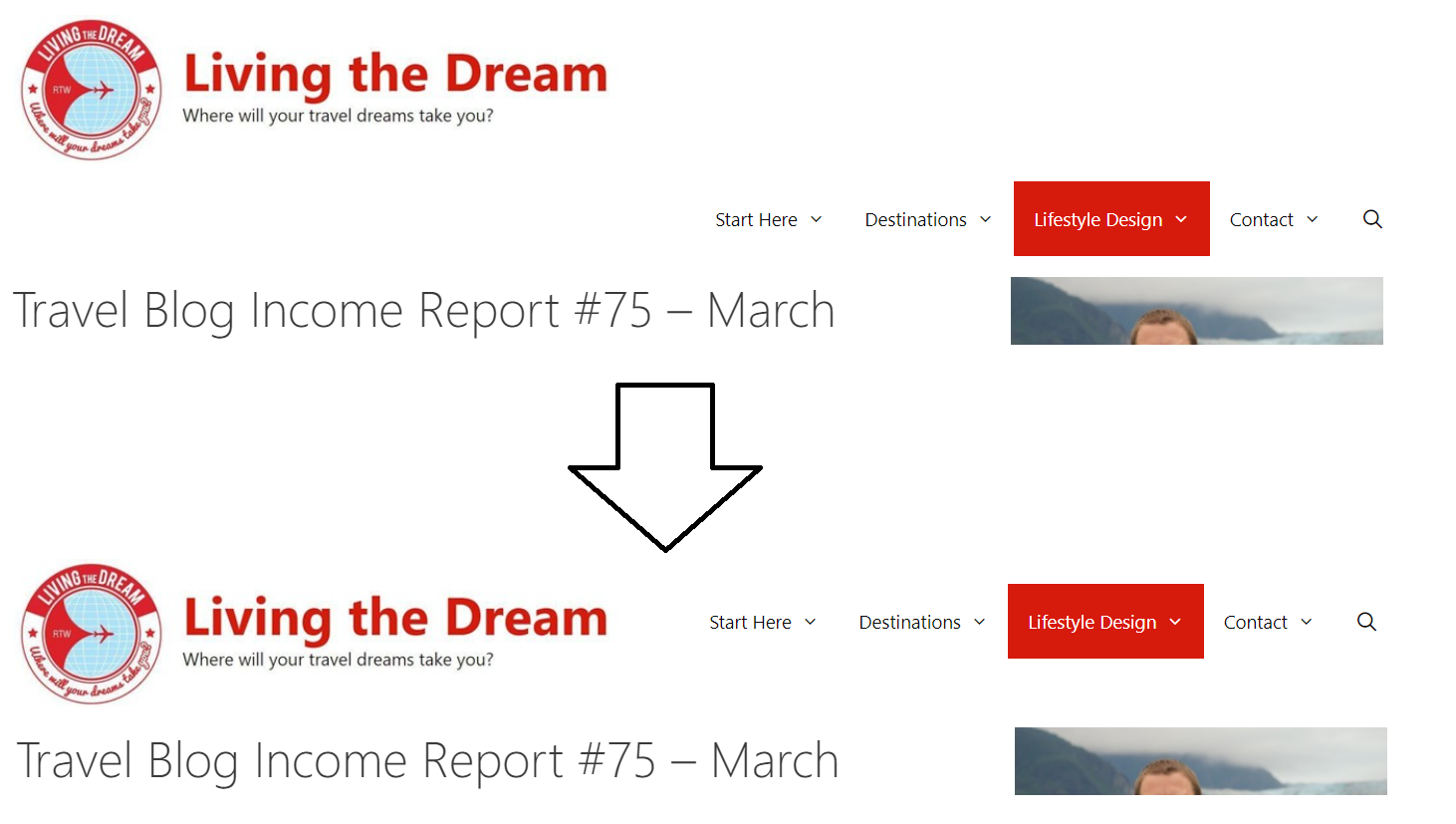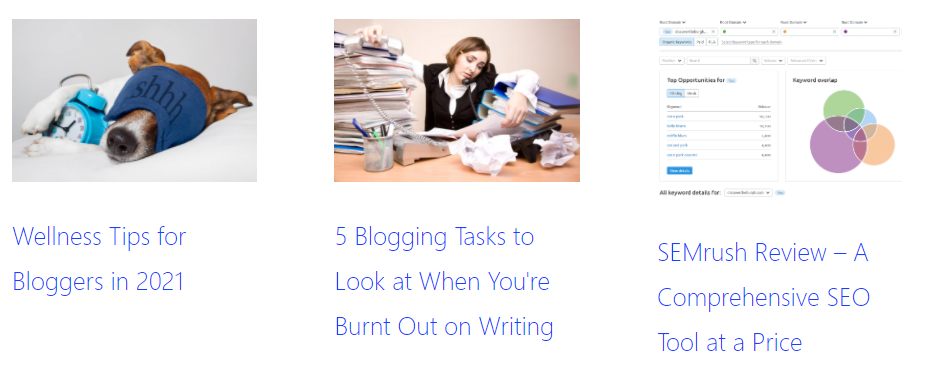Published by Jeremy. Last Updated on December 14, 2020.
Disclaimer: This Week in Blogging uses demographic data, email opt-ins, and affiliate links to operate this site. Please review our Terms and Conditions and Privacy Policy.
Are you a PR representative or represent a brand in their marketing efforts and are looking to work with bloggers, social media influencers, or other non-traditional media and don't know where to begin? We're here to help!
We will be the first to admit that this field is quite murky as everyone looks at blog sponsorships and advertising differently. But as not all advertising is created equal, and to help you know what you're getting into, this guide was born.
So depending on what you're thinking of for your next campaign, the following outlines many things you need to consider!
How We View Blog Advertising at Large
In this article we are providing an honest opinion into each blog advertising option from one blogger's perspective (our own) and what it means to you as a potential partner. But as each advertising type could warrant an article on its own right, we have to outright say that this one is long.
As such, you may want to use the following jump links to check out each section that interests you or go to the end to read a shorter summary if you have less time.
- Graphical Display Advertising
- Newsletter Sponsorship
- Contests
- Social Media Only
- Sponsored Blog Posts
- Affiliate Advertising
- Link Buying
- Editorial Only Options
- TL;DR Summary
When it comes to advertising, we like to think that a blogger's pricing scale should be a balance of audience reach, work required, and endorsement level.
Most bloggers have options that can maximize reach with little work/endorsement required on the backend (cheaper) or can have a lower reach to a highly targeted audience subset that requires more work or endorsement levels (more expensive). However, as many bloggers quote based on a flat rate model, often with somewhat arbitrary pricing, it is important to keep all this in perspective.
In this article, we will be reiterating time and time again that it is best to scale media prices onto a CPM (cost per 1,000 views/reach) basis for the sake of being on a somewhat level playing field between bloggers/influencers/outlets for a particular set of campaign deliverables.
That being said, the second goal of this guide is to outline how you can change your deliverable requests in order to scale price accordingly. To circle back to the cases mentioned above, deliverables that have little work or endorsement can often be as cheap as $5 CPM, whereas other deliverables with a large amount of endorsement and work can be more than $50 CPM.
In this one we're going to break down why the above costs vary substantially, and where you can expect to likely find cheaper rates and more expensive rates when engaging with bloggers (and the relative strengths and pitfalls of each) for your campaigns.
But no matter what you do, always think of it towards the bottom line of the campaign- and CPM is a good way to do that.
Graphical Display Advertising
To start, I want to go with my favorite of all advertising options: graphical display advertising.
These kind of ads are image-based and clickable to your website. In most cases, they are not an endorsement but instead are as simple as a logo share or a customized image based on your marketing designs. These are often sold based on a set/estimated impressions and work on volume in order to get interested readers over to your website.
The reason we like them so much is that when you buy graphical display advertising from established bloggers, who have dedicated media networks in place (like Mediavine), you can be certain that you get exactly what you pay for.
In these cases, ads are invoiced on a CPM basis such that if you buy 1,000 ad impressions, you get 1,000 ad impressions precisely. If you buy 100,000 ad impressions, you get 100,000 ad impressions. Each blogger should be able to give you an estimate on what their average monthly traffic would be, but a viral share could also eat through impressions fairly quickly too. Still, if you buy 100,000 impressions, you'll get 100,000 impressions whether that occurs in a day, week, or month.
On established sites, rates can be as low as $5 per 1,000 impressions (or $500 for 100,000 impressions)- although the price can vary site-by-site as some advertising networks dictate the price outside of our control. While cheap, their efficacy for your bottom line is on you to determine. Websites are simply the outlet to receive mass eyeballs in this scenario.
But there are some pitfalls involved. In this particular case, it is when display ads are hosted by smaller blogs that are not necessarily on private ad networks. In these cases, your ad views are not guaranteed but instead are implied based on historical traffic figures.
Here, bloggers typically charge a flat rate for monthly hosting (often much higher on a CPM basis), may or may not offer a dofollow link with it (which is against Google's terms), and have little to no control over ensuring that your ad is actually seen as many times as they say.
The latter issue comes in to play when ads are hosted in a sidebar, but the blogger's design does not display a sidebar on mobile views (which accounts for the vast majority of traffic for more or less everyone these days). You may be buying thinking you are getting 5,000 monthly views, when in fact you are getting just 1,000. On the flip side, if they have a viral traffic month you get a deal for more views, but that can never be guaranteed either.
Your $100 sponsorship sounds great for a month on Site A, but if you are only getting 2,500 to 5,000 ad impressions out of it (if that), why not go to Site B that offers 20,000 guaranteed impressions with a similar audience for the same price? Here the reach volume and audience are all that truly matters for pricing.
Newsletter Sponsorship
Beyond display advertising, all other options featured in this list bring in two pricing categories that need to be addressed: endorsement level and work.
The work part is easy to discuss. It takes time to put together an advertising campaign. The more work that is required of us, the higher the rate we will have to charge. Likewise, established bloggers will charge more relative to a smaller blogger, as is the case in virtually all other business transaction when comparing those who are established and those who are new.
The endorsement aspect is a bit more abstract. You're not only paying for my time, but also for the implicit (or in other cases, explicit) endorsement of a product or service that comes with traditional advertising. The nature of the endorsement can vary in cost quite a bit based on how we promote your product, but also if the partnership will cause us to lose any trust from our current readers (yes, it happens when authenticity is valued more than everything else). I don't want to use the phrase selling out for all advertisements (some can be great fits), but if you would like me to sell out, I've got a price for that- it is very, very high.
For many bloggers, newsletter sponsorship may be the cheapest option when taking into account the above points. This is because subscriber counts are often lower than other channels, such that promotions get fewer eyeballs overall (this may vary for other blogs), but compensates for being some of the most engaged users out of any promotion channel.
On a newsletter with 6,000 subscribers, as we have on our Pittsburgh blog, we may get an open rate of 2,000-3,000 (we don't promote on our newsletter here). While a simple display ad for similar eyeballs would run for $10-$15 on our sites, we charge anywhere from 2x to 10x more ($10 CPM to $50 CPM equivalent) for a customized send depending on the format (a sponsorship mention in a month of weekly newsletter sends is cheaper than a single dedicated newsletter send where 100% of the topic is about your brand, for example).
Why do we do this when the reach is lower? While the work may be quick for us to put together a custom newsletter send, a newsletter feature is also an endorsement to our most dedicated fans. These are people who want to hear every single thing that comes out of our site, and as such the CPM cost goes up considerably.
But, all things being equal, the dollar-for-dollar spend is much lower than some of the options listed below because, for us at least, our total reach is inherently lower. This may not be true for others who have much larger mailing lists.
Contests
Contests can run the gamut of format type- from a simple like or comment on this post on social media, tag a friend, sign up for a newsletter, or do other actions as the mechanism of entry.
On the social media side of the spectrum, there are two big thoughts to consider- overall reach and potential terms of service violations. Much like social media only shares (more on that below), the overall reach of a single post can be quite low. Likewise, mechanisms of tag a friend for entry can often be against a site's terms and conditions. In many cases these are kept vague and change frequently, as such it is hard to pin an exact best practice in this regard.
We like to run contests directly on our site via the KingSumo plug-in. This plug-in collects email addresses for our newsletter as a means for entry, and has an embedded sharing feature so entrants can refer friends for more chances to win. This presents a viral sharing phenomenon that greatly increases reach well beyond a single social network share (and since the entry mechanism is not on social media directly, doesn't violate terms insofar as we are aware).
Where we may get dozens of entries into an Instagram only contest, and a reach in the low thousands, a full campaign on this end can be promoted on multiple social networks and often receive hundreds if not thousands of entrants with upwards of 10x total reach. Even better? We net newsletter subscribers who will (hopefully) end up as long-term readers as well. A win-win!
Pricing for these varies. Some bloggers, like us, typically do not charge a fee to host a contest if the prize is applicable to our brand and of a sufficient enough value to our readers. Our return is the newsletter subscribers and rewarding a lucky reader with a great prize. Others do charge (or will even sell you the entrant list), making this a variable kind of scenario.
Sponsored Social Media Shares
Sponsored social media shares are our least favorite mechanism for advertising. Why? It is one and done.
While a social media share has the potential to go viral and stay relevant for a long period of time, the average life of a social share is on the order of seconds (Twitter) to days (Facebook). Reach is also pitiful, with accounts ranging as low as < 1% of follower count (Twitter) to averages of 5-10% (Instagram and Facebook), or, if you are quite lucky (as we can be with our hyper-local niche site), 20-50% with the right post.
This is inherently a numbers game based on the quality of content and the total number of followers a page has. But at the end of the day the total reach is all that really matters. If your campaign requires reaching people right now, and only right now, then a social campaign may make sense. If your campaign would do best with continual, long-term traffic, an alternative advertising mechanism may be a better way to utilize your budget.
With regards to pricing, I view social media only posts as being among the most expensive. Why is that? While the level of work we do may be lower than a fully sponsored post on our blog, the endorsement level is quite high. Outside of people who hide in branding as part of a more nuanced post (which we think is absurd), you're commanding the full attention of a social media community with these kinds of updates such that the endorsement aspect cannot be ignored.
Even with the most focused campaign, and the best fit for our audience, we've been called out as sell-outs, a commercial, and the like for participating in these. As such, if we're going to do it the price has to be right in addition to the fit. The more unusual the request for our brand, the higher the fee.
Likewise, it is also important to keep in mind that all social media posts that are generated as the result of money changing hands must be listed as an advertisement or sponsored, and in some cases (like Facebook) require a handshake link to the sponsor as well.
Much like some of the above, there are pitfalls around this– namely in the realm of influencers.
It is very easy for us to crap on influencers, and we do, regularly. (Please don't call us influencers.)
The reason for this is because they are an easy target as the vast majority are selling their fan counts only, engage in shady comment pods to fake popularity, and generally have no idea how to even find the analytics section of the social profile.
Likewise, many operate under the realm of “look at me doing something” rather than purely focusing on whatever the topic at hand is (you know, the content that real people actually care about and you are paying to promote). This makes for some pretty horrendous advertising in brand partnerships.
More importantly, the real question with influencer marketing is why are you hiring someone who has 10,000, 50,000, or 100,000 fans to promote your product in the first place? If you can't answer that beyond the fact that they have X number of fans and get likes and comments on their photos, you shouldn't be hiring them at all.
In these cases it is highly likely that those who are commenting are not your target audience, but instead are simply the influencer's 20 friends (who are also influencers or wannabe influencers) who comment “yasss queen,” “omg wow,” or the fire emoji on every single update (these are direct quotes we've seen in comment sections for campaign posts).
This happens all the time. But does it convert sales? You tell me. I can only hazard a guess, and that guess is no.
In fact, we've met numerous brands who won't even talk to us on this site because we simply do not have 100,000 social media (read: Instagram) followers, despite the fact that the blogs we are contacted about get 100,000 page views a month and will likely still be generating this level of traffic (or more) when Instagram goes the way of Myspace.
In these conversations, we've never once been asked for our average reach, just follower count. To me, this implies that campaign metrics aren't set appropriately to begin with as too many marketers are hung up on fan count as the end all, be all marketing figure.
The truth of the matter is that an account with 10,000 fans could have a better reach (and audience) than one with 100,000 fans. On the flip side, an account with 100,000 fans could have more overall reach than an account with 10,000, but the relative percentage of total followers reached could be much lower (for example, a 7% reach on a 100,000 account vs a 50% reach on a 10,000 account really isn't that big of a difference at all).
If you pay out the nose for one and ignore the other without knowing this information, you're either getting ripped off or missing out on an opportunity- or, more likely, both.
Much like everything else, data is king and there is no harm in asking for hard numbers. As a blogger, I'll take total reach over likes or comments any day of the week (and when it comes to likes and comments, I'd rather get them from random people than the same 20 who comment on every single update).
Get proof that fan counts translate to actual reach before spending money- fan counts, image likes, and comments are not an accurate indicator in the slightest!
Sponsored Blog Posts
If you want to take the same style of content as a social post, roll it up into an article, and publish it on a website, it is a sponsored post.
These can be in the same kind of promotional nature of social media content, but have the ability to be long-form, more involved, shared on many platforms, and tap into search results as well. Whereas social media only campaigns are to tap into a large number of eyeballs upfront, sponsored posts when done right (especially via SEO) can tap into long-term traffic.
In general, sponsored blog posts can deliver more advertising copy and a more (hopefully) authentic sales pitch, hit a more focused audience who wants to read that kind of material in general (despite likely being a smaller number), and also requires more time to construct. With regards to the endorsement level, well, sponsored posts can be a bit more nuanced than social only campaigns, but this can vary substantially.
As such, most bloggers tend to charge more for a fully sponsored article than a multi-post social campaign to account for this (although in many cases offer a package to combine them for a more robust marketing campaign- something we firmly recommend).
Likewise, sponsored articles must be clearly defined as advertisements or sponsored at the start of the article, and any links going to the sponsor must be listed as nofollow per Google's terms.
The pitfall for here is all about longevity. Bloggers who do not have great SEO are likely one-and-done with their sponsored post reach as their biggest outlets are likely social media, whereas those who receive the bulk of their traffic from search have better odds at generating long-term promotion of your brand. How do you find out? Ask for site performance data. Past performance is not a guarantee of future success here, much like everything else, but it is a pretty good sign.
Just do not be surprised if prices go up substantially for those who can offer that.
Affiliate Advertising
Affiliate advertising can take on many forms of actual coverage, but the monetary compensation is not based on impressions or mass brand awareness, but rather takes effect at the point of a sale for commission (3%, 5%, 20%, you name it based on what you can afford to share from your product's sale price). This is not a CPM model, but instead a cost per action (CPA) model.
In these cases, many bloggers do not offer fixed coverage but can do whatever they want in order to try and sell your company's product as much as possible. This could run the full spectrum of promotion in order to hustle a sale, or be a simple link at an opportune moment in one very targeted article (for example, adding in hotel links at the end of a destination-specific post on our travel blog). At the end of the day, the sale is the only thing that matters whether that is accomplished in five views or five thousand.
I do not view this as traditional advertising. As mentioned above, traditional advertising is an effort to raise brand awareness within a target audience. Yes, we all want the campaign to convert sales for you, but whether it occurs immediately via a link on our site or at the reader's leisure down the road is immaterial in this instance. At the end of the day, an effective marketing campaign should raise sales overall even if the source may not be well defined.
If you look at it on the traditional sales funnel, some of these bloggers could be at the beginning, others could be in the middle, while some could be at the end. The upfront advertising fee covers the marketing effort independent of their place in the sales funnel.
This is why affiliate advertising in the realm of overall marketing is a bit disingenuous. Only those at the end of the sales funnel will convert the sale, despite all media likely valuable to brand marketing as a whole. This is why affiliate marketing may make since for Company A and Blog 1, but not make sense for Company B and Blog 2, or make zero sense for Company C and any blog altogether.
Still, we're seeing more and more advertising firms contacting us asking for an affiliate relationship while requesting a full advertising campaign without paying our fees. As such, many bloggers are moving to a very simple, blanket answer for this: no thanks.
If we have used your product in the past, featured it on our sites, and want to try and monetize it more, we are more likely to accept an affiliate based commission structure that often results in more promotion than presently featured (at our discretion, of course). If we have not featured your brand in any capacity, even if we feature a competitor, you will need to look into traditional advertising models as outlined above as that is the bare minimum that would be required in order to help net sales.
In any case, the affiliate model is not for everyone- even if all of the right boxes are checked. If your request demands more promotion in any way, shape, or form than content that is already existing, do not be surprised if most reputable bloggers quote an advertising rate. That is what they're designed for.
Link Buying
In SEO, backlinks make the world go round. The more quality dofollow links a site has, the more authority it receives in the eye of search engines and therefore has a better chance to rank higher and get more traffic/revenue.
As such, a black market has sprung up over the years in which unsavory marketing firms ask for “advertising” under the guise of getting (or demanding) a dofollow link in conjunction with a highly sought after phrase (so not “[x travel company name]” but rather “things to do in [y]”). In doing so this helps search engines associate a website with a specific phrase (netting that sweet, sweet search traffic), and still seems to be an effective tactic even to this day.
As mentioned previously, this is against Google's Terms of Service and is a good way to get your site de-indexed altogether if you get caught.
It is because of this that we do not consider this to be a viable advertising option (in fact, most marketers who want this kind of link don't even care about the real advertising value of sites- the contextual link is all that matters). If you ask a reputable blogger for any sort of advertising with the stipulation of a dofollow link, there are only two acceptable responses:
- A curt reply telling you to go screw yourself in much more colorful language than I normally use here.*
- An offer for you to buy our sites for several million dollars.*
If someone says yes to your lowball rate they either don't know what they are doing or, perhaps, know exactly what they're doing but are willing to look the other way to make money. Still, if you are asking for this from the onset, that problem is squarely yours.
*I am not joking.
Editorial Coverage Options
The final option worth discussing is editorial coverage. This is in line with traditional journalism in which a brand would supply a product, experience, or what have you for free and hope that something gets published.
Money is typically not exchanged hands here (something else often is in lieu of that), and therefore is not technically a traditional advertisement- making sponsorship disclosures an ethical grey area for the time being.
In this one, the publisher fully controls everything from the narrative, to the quantities of shares, and may or may not present the item or topic at hand in a favorable light. This is editorial control and not a paid endorsement, after all.
We like to operate in this realm because, quite frankly, we can be more picky in what we choose to feature, write in such a way that would most benefit our site, and still deliver something that would provide value in return. The only accepted agreement here is that something will be published, and that is it.
Other bloggers charge for this, which presents another dilemma as there is not a one-size-fits-all approach that can be taken for this right now.
Our thoughts on payment in the editorial process is simply this. If you demand a fixed quantity of updates, a deadline, or control of any topic in particular that must be featured, then we're going to charge as it is an advertisement. If you will relinquish all control in letting us having full editorial oversight, we typically will not charge. If we are not interested, we'll simply say no and move on.
Do not be upset when either of these happens. But for the bloggers who quote a fee, it is our perspective that there better be a deliverable list to go along with it to justify the charge.
Note: In the travel world, at least, the most established bloggers are moving away from this kind of partnership altogether- paid or otherwise. Many bloggers here are moving to the mindset of not partnering with brands at all and simply paying for their travels outright via passive income sources like ads and affiliate sales. As such, do not be surprised if more and more of the higher-tier blogs discontinue this as an option in the future.
A Final Recap Into Blog Advertising
To finish this article, I wanted to just provide a quick recap of all of the topics outlined above (and provide a quick snapshot for those who want a more concise summary).
The overall point that I want to convey in this article is that there are various advertising options out there. These have a huge array of fees that often balance reach, hours of work required, and the scale of advertorial endorsement.
The following could be considered a rough rule of thumb when it comes to how bloggers price their services. This is not scientific and is purely based on our experience in the industry. Please note that everything is relative to CPM, or cost per 1,000 views. In some cases this cost can be guaranteed (display advertising) and other times is estimated based on historical performance.
- Graphical Display Advertising – Lowest CPM. Mass views with link click abilities. No work or endorsement required.
- Newsletter Sponsorship – Medium CPM. Lower views but to typically more engaged audience. Minimal work and endorsement required.
- Contests – Variable pricing pending offering. Potential ways to collect social followers or email subscribers. Variable work or endorsement required.
- Social Media Only – High CPM. 3rd party content shares or created content. Medium work and higher endorsement required.
- Sponsored Blog Posts – Highest CPM. Social shares of article may be included, but data should be provided on historical reach/views. Highest work and endorsement requirements.
- Affiliate Advertising – No CPM. Pay as you sell model which is best suited for brands who already have a relationship with a blogger and want just a bit more promotion. Most bloggers won't/shouldn't accept affiliates from brands looking for free advertising.
- Link Buying – A scam. You will be hated forever if you ask this.
- Editorial Only – Variable pricing. Blogger controls the content, publication quantity, and branding 100%. Some offer complimentary coverage when a fit on an exchange model for hosting, some require payment for set deliverables, and others offer a combination in between.
To finish this list, there is one final point that needs to be said. Bloggers and new media are not a free advertising outlet. If you get in touch with anyone who operates their site and social media channels professionally, do not be surprised when they quote a fee for whatever it is you are asking for outside of the rare instance of providing editorial coverage from attending an event/experience or perhaps a contest.
We do not work on goodwill, exposure, swag, or coupons. We work in money, and appreciable money at that. By reaching out to someone for a quote you have already given an implicit nod to the fact that they may have value. Do not insult us with a $10 offer when you know full well that the quote will have one or more zeroes after it. That is the fastest way to get added to our blocked emails list.
If you are trying to quantify a blogger or influencer's value, asking for historical data can help get you there to compare multiple quotes side-by-side. If anyone cannot provide that kind of data to you, run away from that influencer right this minute as you'll simply be throwing money away.
Have any questions regarding blog advertising and sponsorships? Share your questions or comments below!
Join This Week in Blogging Today
Join This Week in Blogging to receive our newsletter with blogging news, expert tips and advice, product reviews, giveaways, and more. New editions each Tuesday!
Can't wait til Tuesday? Check out our Latest Edition here!
Upgrade Your Blog to Improve Performance
Check out more of our favorite blogging products and services we use to run our sites at the previous link!
How to Build a Better Blog
Looking for advice on how to improve your blog? We've got a number of articles around site optimization, SEO, and more that you may find valuable. Check out some of the following!

